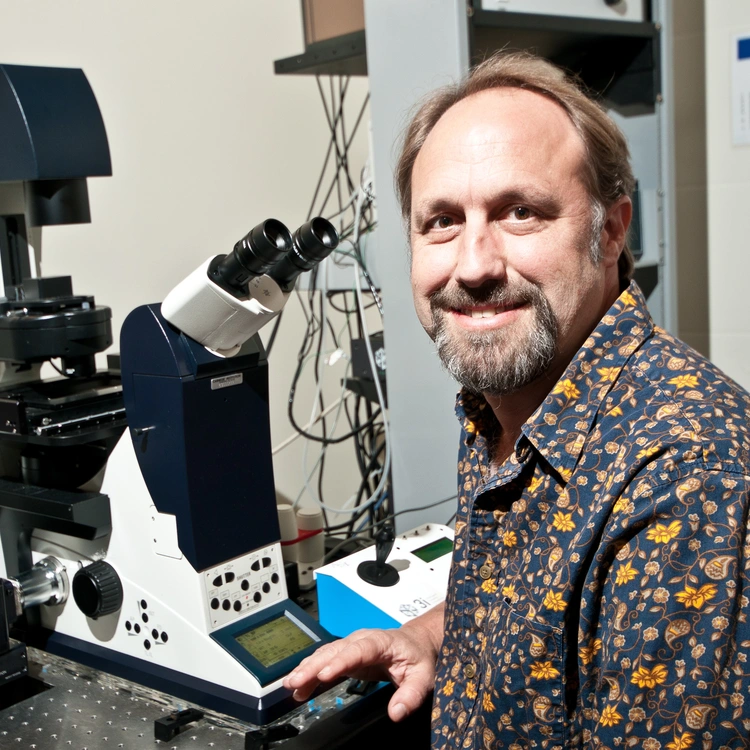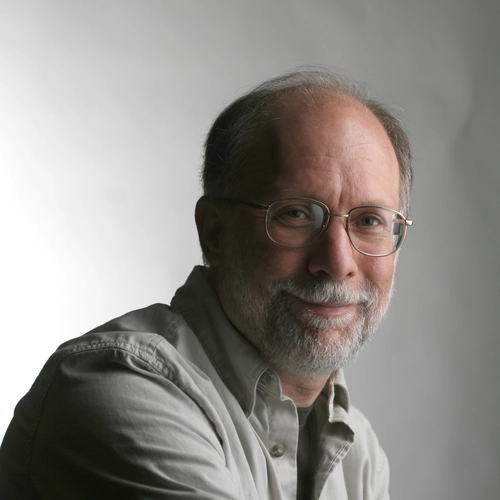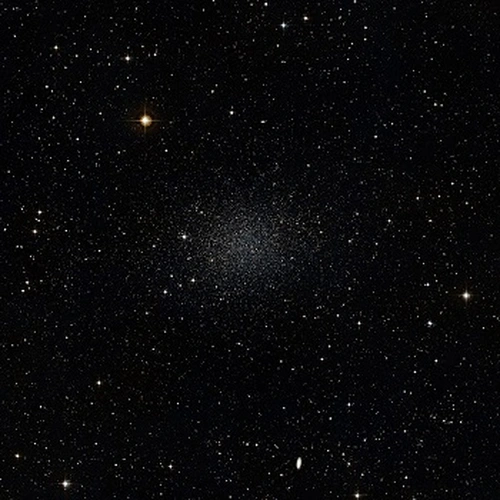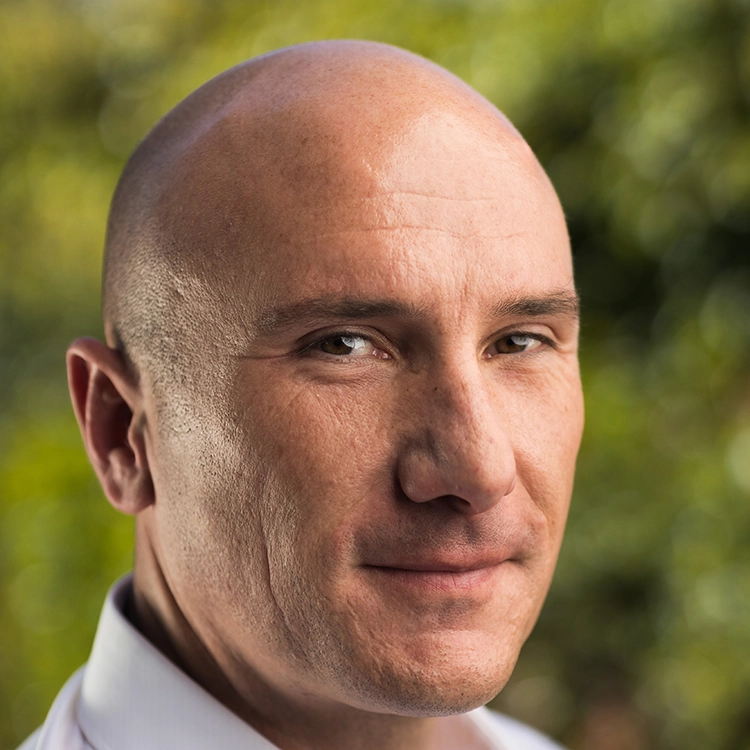On The Horizon

The Dawn of a New Era in Astronomy
In November 2021, the National Academies of Sciences, Engineering, and Medicine ranked the U.S. Extremely Large Telescope program as a top strategic priority, recommending federal support for the final construction stages of the Giant Magellan Telescope, which is being built at Carnegie’s Las Campanas Observatory in Chile.
The Academies’ highly anticipated report, Pathways to Discovery in Astronomy and Astrophysics for the 2020s, was the result of its survey of the astronomy and astrophysics community regarding strategic goals and initiatives for the next 10 years. The recommendation detailed that building an extremely large telescope “is absolutely essential if the United States is to maintain a position as a leader in ground-based astronomy.”
In the Academies’ survey, the GMT was evaluated as a core partner of the U.S. ELT program, which was viewed as a visionary initiative that will enable collaborative, inclusive, and transformational research in nearly all areas of astrophysics—from understanding the fundamental nature of the universe to the search for life on other worlds.
Launched in December 2021, the James Webb Space Telescope will complement this upcoming generation of extremely large ground-based telescopes. Several Carnegie astronomers will be among the first to lead projects using data from JWST observations. Their planned investigations will span the breadth of expertise at our Observatories and Earth and Planets Laboratory—from exploring the makeup of exoplanets to revealing the secrets of ancient galaxies and probing cosmological questions.

Toward a Unified Vision of the Natural World
In November 2021, Carnegie named pioneering microbiome specialist Margaret McFall-Ngai the inaugural director of a newly launched division designed to unify our longstanding expertise in developmental biology, plant biology, and global ecology under one strategic vision.
McFall-Ngai is a recognized thought leader regarding the cornerstone role microbiology plays in the life sciences. She is ideally positioned to guide Carnegie’s division for Biosphere Sciences and Engineering as we prepare for a leap forward in our understanding of life on this planet.
Thanks to recent advances in research tools and techniques, biologists are now capable of linking genomic information not just to the synthesis of molecules that comprise our physiological functions—knowledge Carnegie scientists were crucial to elucidating over the last half-century—but also extending these investigations to the community interactions that shape both human health and ecosystem resilience.
Carnegie’s impressive foundation in expertise across scales—from molecular biology to global ecology—and mastery of working in a broad swath of biological systems—from microbial mats to coral reefs and farmland to coastal waterways—position Biosphere Sciences and Engineering for leadership on some of the greatest challenges facing humanity today.







